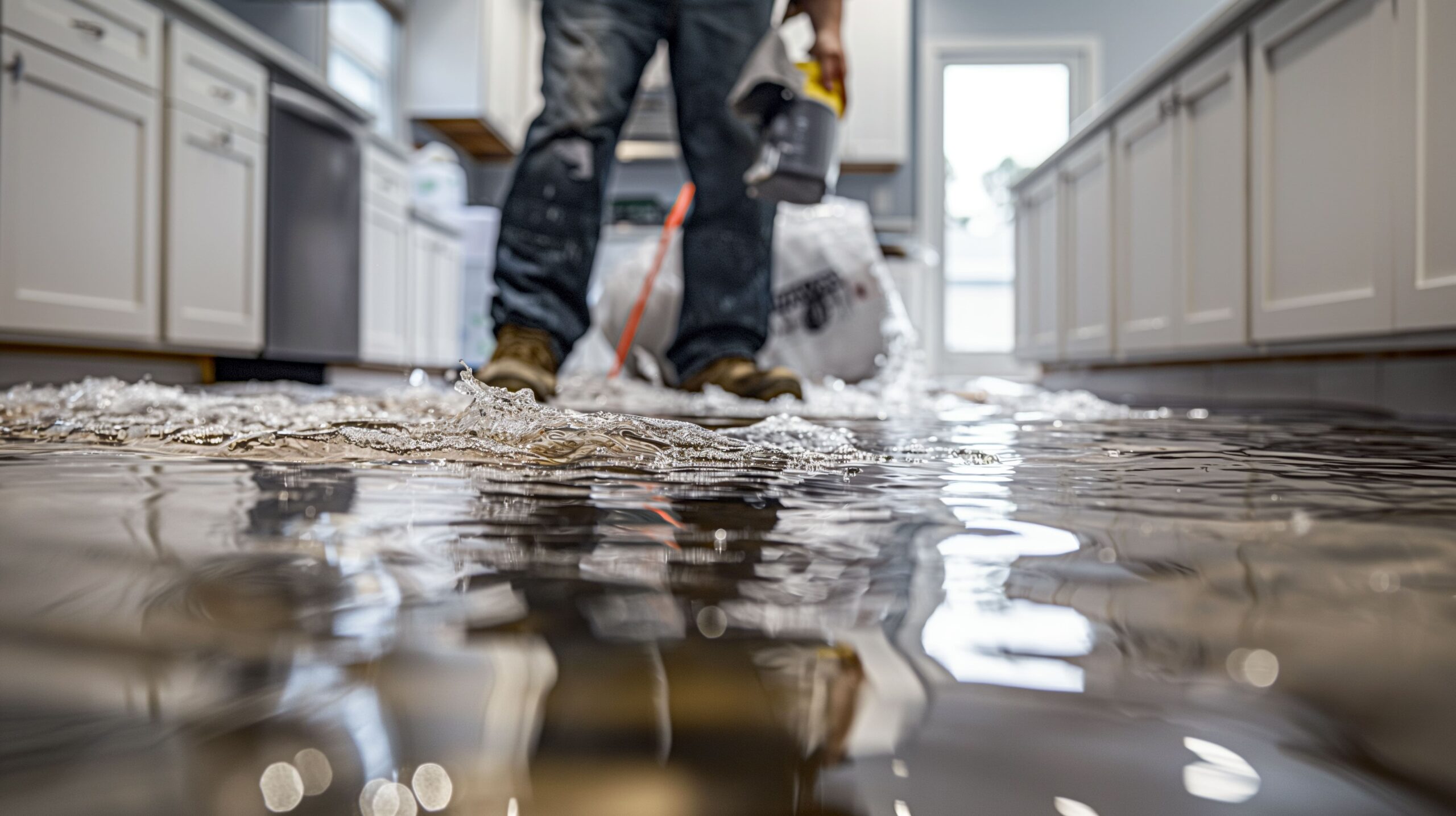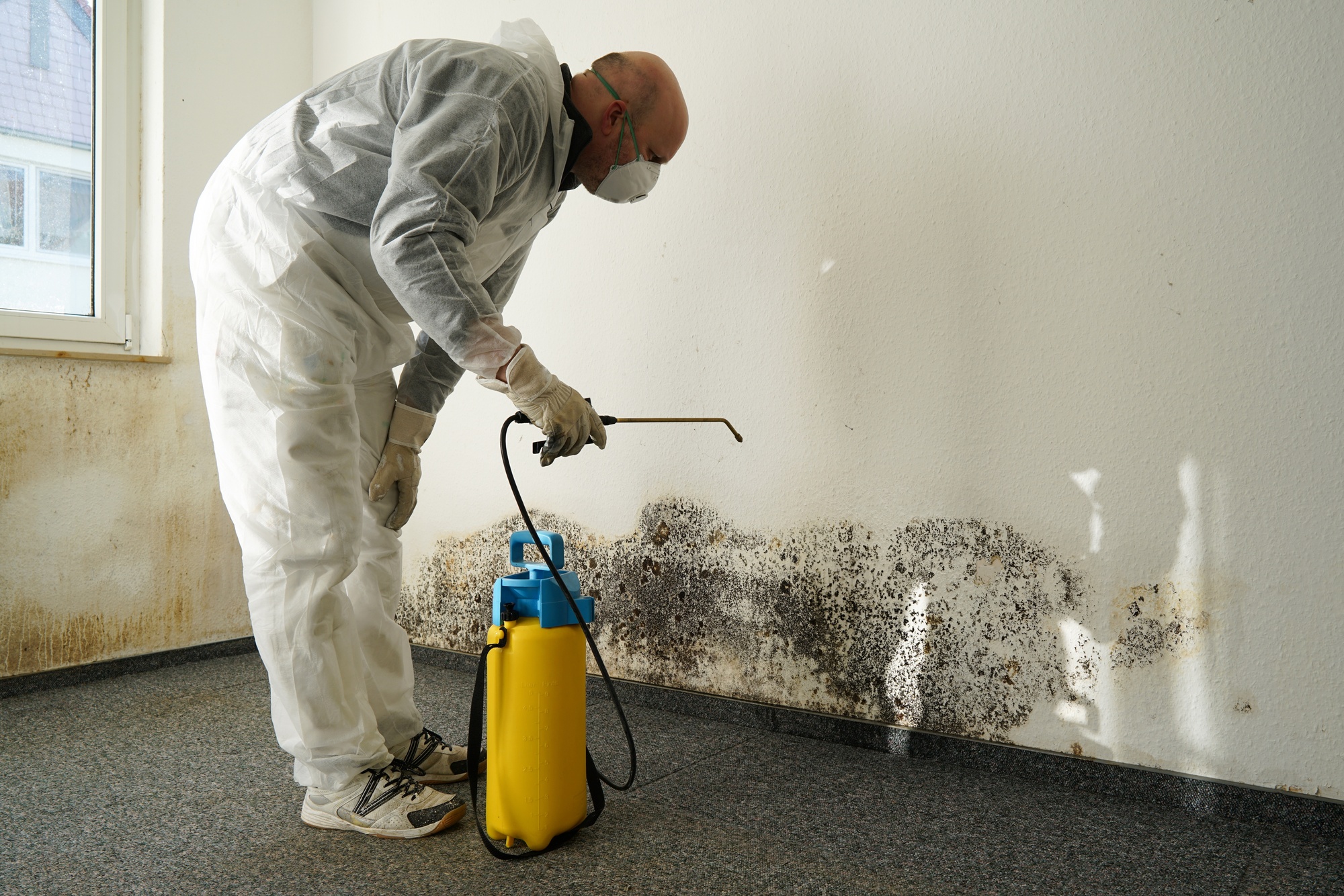Water Damage Restoration 101: Comprehending the Process and Expense
Water damage can strike suddenly, leaving home owners in a state of confusion. Understanding the repair procedure is important for reliable healing. From examining the damage to choosing the best service provider, each action influences the general outcome and price. Variables such as the kind of water damage and seriousness also play a significant role. What are the certain methods used in reconstruction, and exactly how can one get ready for potential expenditures?
Sorts Of Water Damage

Initial Analysis and Inspection

Water Removal Techniques
Complying with the first analysis, effective water extraction techniques are utilized to alleviate damage and stop more concerns. These techniques involve the use of specific tools such as completely submersible pumps and industrial-grade vacuums - Water Damage Restoration. The selection of method depends upon the volume of water existing and the kind of products impacted. For standing water, submersible pumps are usually used for rapid elimination, while vacuums are perfect for extracting water from carpets and furniture. Additionally, advanced techniques like water removal mats may be utilized for hard-to-reach areas - Flood Cleanup Services. The objective is to get rid of as much water as feasible, lessening the potential for mold growth and structural damage. Trigger and reliable water removal is important in the general water damage restoration process
Drying Out and Dehumidification Process
Once the water removal is full, the drying out and dehumidification procedure ends up being crucial to bring back the damaged area. This phase normally utilizes industrial-grade dehumidifiers and air moving companies to successfully reduce wetness levels. The dehumidifiers attract in wet air, eliminating excess humidity, while air movers flow air to accelerate evaporation. Monitoring equipment is typically used to track humidity and temperature levels, guaranteeing suitable drying out problems. The period of this process can vary depending on the level of the water damage and ecological aspects. It is crucial to extensively completely dry all impacted materials, consisting of wall surfaces, flooring, and home furnishings, to avoid mold and mildew growth and structural damage. Correct implementation of this step is vital for a successful remediation end result.
Cleaning Up and Disinfecting Damaged Areas
When the drying process is complete, an extensive initial evaluation and assessment of impacted areas is vital to identify contamination levels. Efficient cleansing techniques and appropriate products should then be employed to get rid of particles and spots. Sanitization and sanitation techniques are necessary to ensure that damaging pathogens are removed, recovering the area to a risk-free problem.
Initial Evaluation and Examination
Prior to beginning any kind of remediation efforts, a comprehensive preliminary analysis and inspection of the affected areas are crucial for efficient cleansing and sanitizing. This process includes recognizing the level of water damage, determining the resource of the water intrusion, and reviewing the materials affected. Assessors usually look for indications of mold and mildew growth, architectural integrity issues, and damaged items. The evaluation likewise includes inspecting wetness levels using specific equipment to ensure no concealed water pockets continue to be, as these can result in more complications. Documenting the searchings for is essential for intending the following steps in the restoration process. A detailed first analysis makes it possible for remediation experts to create a targeted technique for efficient cleaning and disinfecting, eventually decreasing damage and health and wellness dangers.
Cleaning Up Methods and Products
Efficient cleansing and sanitizing of water-damaged areas call for a selection of products and techniques tailored to the certain products impacted. For permeable surface areas like drywall and carpeting, removal techniques are important to get rid of excess wetness, followed by deep cleansing with specialized detergents. Non-porous products such as tile or steel can be cleaned up making use of commercial-grade cleansers that properly eliminate pollutants. Vapor cleansing is one more efficient method, particularly for carpets and furniture, as it utilizes high temperature levels to get rid of bacteria and mold and mildew (Flood Cleanup Services). In addition, environmentally friendly items are increasingly preferred for their safety and efficiency - Mold Remediation After Water Damage. Eventually, picking the ideal cleaning techniques and items not only ensures instant tidiness however also aids in preventing additional damage and health and wellness dangers related to water invasion
Sanitization and Disinfection Approaches
When attending to water damage, appropriate sanitization and sanitation approaches are vital to assure the safety and health and wellness of the damaged atmosphere. After initial cleansing, surfaces need to be treated with appropriate anti-bacterials to eliminate pathogens, mold, and germs that grow in damp problems. Usual techniques consist of using EPA-approved chemical anti-bacterials, which can be applied with splashing or cleaning strategies. Additionally, ultraviolet (UV) light systems can successfully sterilize areas by counteracting microorganisms without severe chemicals. The option of technique usually depends on the sort of products influenced and the extent of contamination. Ultimately, complete sanitization not just recovers a risk-free home but also helps prevent future health risks connected with remaining moisture and mold and mildew development.

Repairs and Restoration Options
Reviewing the damage triggered by water direct exposure is vital for establishing the appropriate repair work and repair alternatives. Homeowners may deal with different concerns, consisting of damaged drywall, warped floor covering, and endangered structural elements. Relying on the level of the damage, fixings might involve replacing areas of drywall, mounting brand-new flooring, or reinforcing structural beams. In cases of severe damage, complete replacement of affected materials might be necessary. Additionally, professional conservators frequently recommend making use of wetness meters to evaluate hidden dampness levels before selecting the very best training course of activity. It is necessary to act immediately to avoid mold and mildew growth and more deterioration. Picking the appropriate choices not only restores the building but also ensures long-lasting security and capability.
Variables Affecting Restoration Prices

The extent of water damage directly influences the restoration costs home owners can expect to incur. Aspects such as the source of the water, the period of direct exposure, and the damaged materials considerably affect rates. Clean water damage from a damaged pipeline is usually less pricey to restore compared to damage triggered by sewer. Additionally, the level of contamination dictates the demand for specialized cleansing and disposal services, further enhancing costs. Geographical area also contributes, as local labor rates and availability of repair services can vary. The necessity of the response influences prices; quicker treatments typically lead to decrease total expenditures by preventing more damage. Understanding these factors is vital for home owners when approximating remediation expenses.
The three key kinds of water damage are categorized based on contamination levels: tidy water, grey water, and black water. An extensive preliminary evaluation and inspection are essential steps in the water damage reconstruction process. For standing water, completely submersible pumps are normally used for quick elimination, while vacuum cleaners are ideal for drawing out water from carpetings and furniture. The level of water damage straight affects the reconstruction sets you back house website owners can expect to sustain. Tidy water damage from a broken pipeline is normally less pricey to bring back contrasted to damage created by sewage.